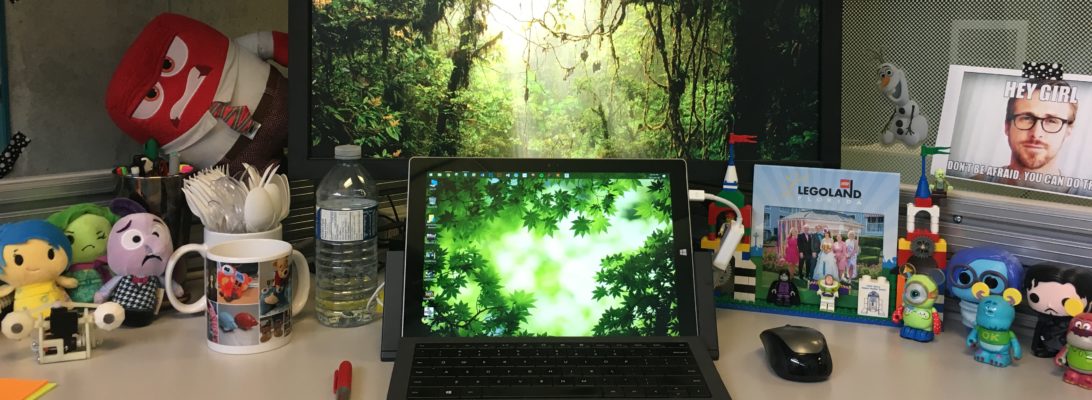While current fabrication technologies have led to a wealth of techniques to create physical artifacts of virtual designs, they require unidirectional and constraining interaction workflows. Instead of acting as intelligent agents that support human’s natural tendencies to iteratively refine ideas and experiment, today’s fabrication machines function as output devices. In this work, we argue that fabrication machines and tools should be thought of as live collaborators to aid in-situ creativity, adapting physical dynamics come from unique materiality and/or machine specific parameters. Through a series of design narratives, we explore Human-FabMachine Interaction (HFI), a novel viewpoint from which to reflect on the importance of (i) interleaved design thinking and refinement during fabrication, (ii) enriched methods of interaction with fabrication machines regardless of skill level, and (iii) concurrent human and machine interaction.
fabrication
UIST 2015 Publication! MoveableMaker: Facilitating the Design, Generation, and Assembly of Moveable Papercraft
 Wedding Menu pre-MoveableMaker
Wedding Menu pre-MoveableMaker
Wedding Menu post-MoveableMaker (everything is much cleaner and required must less effort)
Abstract:
In this work, we explore moveables, i.e., interactive papercraft that harness user interaction to generate visual effects. First, we present a survey of children’s books that captured the state of the art of moveables. The results of this survey were synthesized into a moveable taxonomy and informed MoveableMaker, a new tool to assist users in designing, generating, and assembling moveable papercraft. MoveableMaker supports the creation and customization of a number of moveable effects and employs moveable-specific features including animated tooltips, automatic instruction generation, constraint-based rendering, techniques to reduce material waste, and so on. To understand how MoveableMaker encourages creativity and enhances the workflow when creating moveables, a series of exploratory workshops were conducted. The results of these explorations, including the content participants created and their impressions, are discussed, along with avenues for future research involving moveables.


